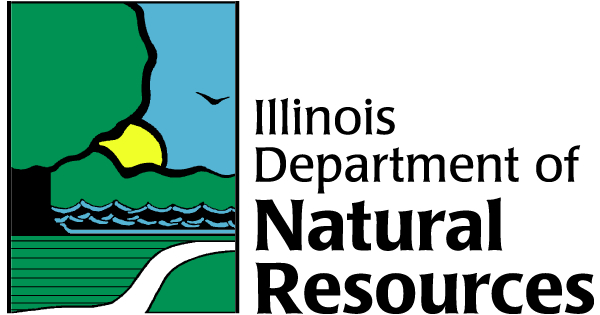Prairies
Prairie lands are a vital natural resource. They build soil, support pollinators, livestock, and other species and trap sediment (Farmland and Prairie Campaign). In addition, prairies act as corbon sinks byu absorbing carbon, making them a valuable tool to reduce greenhouse emissions. Prairies absorb rainwater, too, decreasing flooding.
Unfortunately, due to urbanization and the spread of agriculture, nearly all of Illinois’ undisturbed prairies are gone. With the loss of our original prairies, we have lost a valuable natural carbon sink.
Less is known about how climate change will impact Illinois prairies. On the one hand, the increase in carbon may have a positive effect on many prairie species; however, the changes and uncertainty in rainfall patterns is likely to stress grassland species.
Much of the effect will depend on the species (Wuebbles et al. 152-4). Rapid changes in climate will challenge prairie species’ ability to adapt. Illinois prairies are expected to become home to invasive plants, animals, and insects from warmer climates. This could disrupt the remaining prairie ecosystems.
What has IDNR Been Doing?
To help restore Illinois prairies, IDNR has implemented the Farmland and Prairie Campaign as part of the Illinois Wildlife Action Plan (IWAP). The goals of the campaign are to:
- Expand through land acquisition, enhance by planting supplemental grassland species, and maintain existing prairies by woody and invasive plant species control.
- Establish viable and connected populations of significant species by planting host species (i.e., rattlesnake master) to maintain their populations and assist with the conservation of at-risk insect populations.
- Manage habitats through natural processes such as prescribed fires and water level control.
Learn More
IDNR: Illinois Prairies
This webpage provides information and resources about Illinois prairies—their history, different types, and where you can visit them. It also provides information about prairie restoration, prairie plants, animals, and endangered and threatened species.
30 x 30 Conservation Act
The Illinois General Assembly passed the Illinois Thirty-by-Thirty Conservation Task Force Act in 2021 that puts forth a bold initiative to save and restore 30% of Illinois natural areas by 2030. Click this link to learn more.


